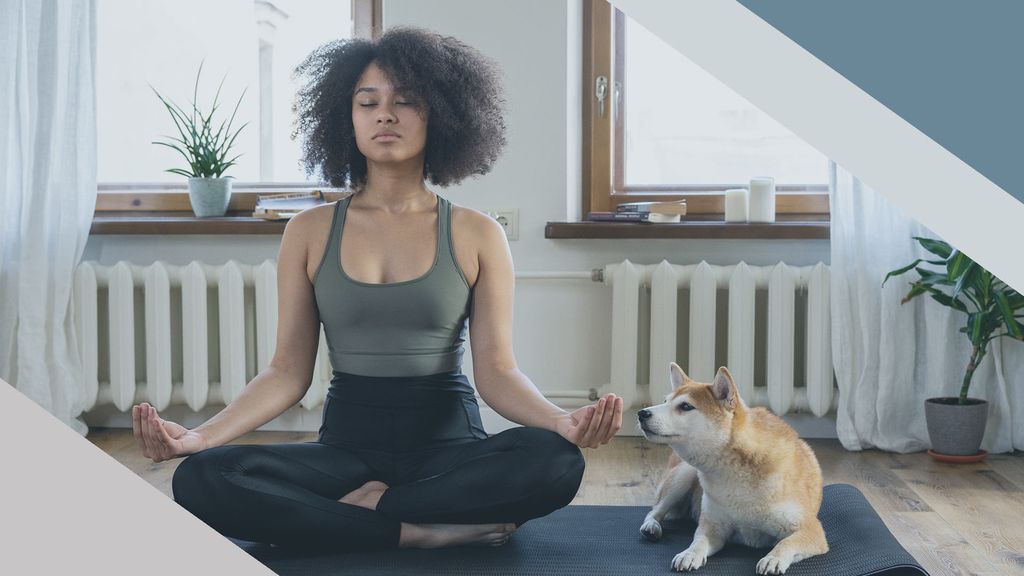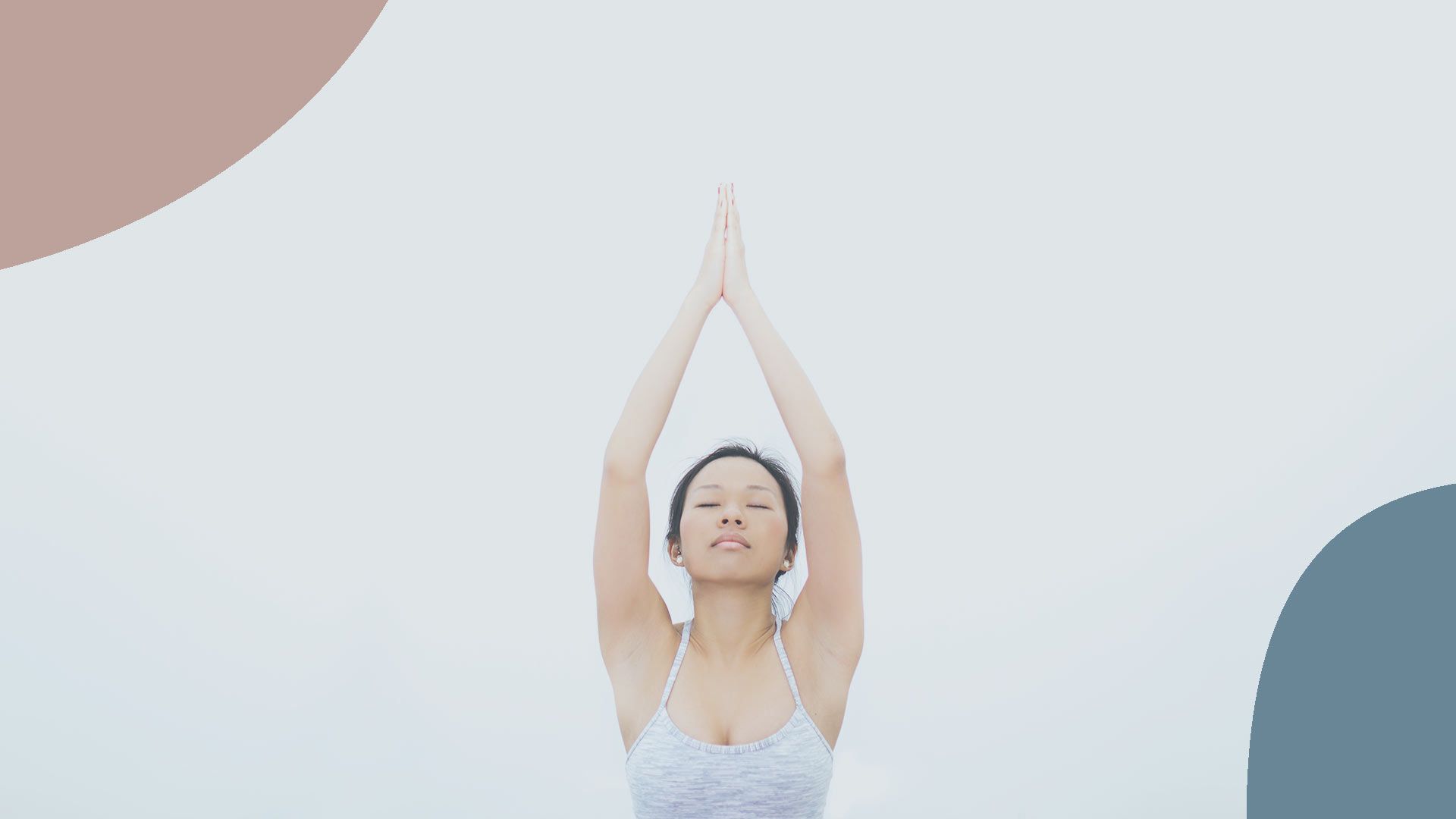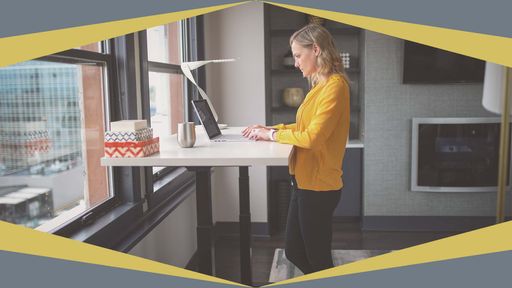How to Use Meditation to Boost Focus and Productivity While WFH

by Nathan Allen

One of the most common laments of those considering or already practicing remote work: I can’t help but get distracted by housework that needs to be done or I keep trying to work but just want to watch Netflix. In the onsite office, there’s no housework (unless you’re that person who cleans the microwave in the break room), and you know that as soon as you click on something that’s not work, your boss you haven’t seen in weeks will magically appear at your workstation. So what can you do when distractions loom? One helpful tool to increase focus is to develop a meditation practice. Tons of research show the benefits of meditation in professional and personal life.
Here are a few: A daily meditation practice can reduce workplace stress while boosting employee development. It can improve focus and memory. It can recharge your energy reserves and reduce stress, which in turn can increase productivity. And it can boost productivity by reducing distracting urges. For a more extensive list, check out this guide from the National Institutes of Health.
A Short Amount of Time Is Fine. Really.
"To help your practice become consistent, find a place to meditate."
One of the biggest misconceptions about meditation is that you must sit for half an hour or more to gain the benefits of meditation. (Please note: A common belief among those who practice meditation is that seeking a specific benefit or outcome is not the point of a meditation practice.) Nonetheless, just two weeks of regular meditation practice can improve memory while reducing mind-wandering. Sitting for just five or 10 minutes every day can produce noticeable results. Most experts recommend starting with that amount of time and building up slowly until you find a sweet spot that works best for you.
Don’t Go It Alone: Try a Guided Meditation App
For meditation beginners, it can be hard to know how to meditate. What to do—or not do? Sitting? Pillow ok? Eyes open or closed? Music? What if I fall asleep? Guided meditations can help you get past your anxieties about “doing it right.” Luckily for all of us, it’s easy to find guided mediations—they exist on YouTube, Spotify, and other streaming services. And those are all fine, but we recommend finding and using a meditation app.
One possibility is the app Calm, named iPhone app of the year for 2017. The app includes a Daily Calm 10-minute guided meditation, and you can even notify you. For example, it might help to set a Calm ping at a time you know you tend to think about tackling that little grout issue in the bathroom rather than answering your emails. The subscription is $70 a year (that’s less than six bucks a month). Besides the daily meditations, Calm has archived meditations, sleep stories narrated by Matthew McConaughey and Kelly Rowland, sleep music mixes by Sam Smith and Kygo, and master classes featuring current and former NBA players LeBron James and Jason Kidd. Yes, LeBron James, who is an advocate for meditation and mental fitness.
Headspace is another popular app. Like Calm, it contains guided meditations, sleepscapes, and sleep music. Headspace offers a free trial week and you then continue through an annual subscription of $70. Headspace is currently offering a free one-year subscription to people who have lost their jobs due to the COVID-19 pandemic.
Millions have downloaded Aura, which is geared to super busy folks who want to meditate in increments as short as 30 seconds. This app is a bit less expensive—$60 per year or $400 for a lifetime subscription—and has plenty of features, including meditations, sleep stories, nature sounds, music, life coaching, and even a guided gratitude journal.
If you want to dabble a bit but aren’t ready to commit to an annual subscription, Smiling Mind is for you. This free Australia-based app, created by a not-for-profit, features three categories of mindful meditation practices: at home, at work, and at school. If you’re a manager or team leader looking to introduce your company, department, or team to mindfulness meditation, Smiling Mind’s 60-minute workshops are a great place to start.
Insight Timer strikes a nice balance: an extensive free library of guided meditations plus an expanded set for premium members ($60/year). Insight Timer also includes specific resources for employers and teachers. The premium version gives you access to seven-day and 10-day courses that focus on topics like learning how to meditate and an anxiety relief toolkit.
If none of these interests you, worry not. There is seriously no shortage of options, and you’ll find one that works best for you. The New York Time’s Wirecutter has an extensive breakdown of Headspace and Calm as well as other top picks for 2020. Women’s Health also has a dozen recommendations for 2020, as does Healthline. If YouTube is your go-to, consider these free subscriptions: Headspace’s YouTube channel, GreatMeditation, and PowerThoughts Meditation Club.
You’ve Found Your App: Now What?
Even long-time meditators agree that the toughest part about beginning and sustaining a meditation practice is carving out the minutes each day to sit and “do nothing.” To help yourself keep your commitment, try blocking out a consistent time each day. For many, the best time is first thing in the morning—“coffee and contemplation” before the business (and busyness) of the day begins. That said, if mornings don’t work, try during your lunch break, midafternoon (especially if that’s when your concentration or energy really dip), or sometime during the evening. The key is that you find that bit of time, and that you do your practice regularly.

To help your practice become consistent, find a place to meditate. You don’t have to scale the Himalayas, and you don’t have to sit in a perfect lotus position on a small, hard cushion. You do need to select a place that is comfortable and relatively secluded to avoid distractions. A chair is fine. And pretty much any quiet space in the house is good, too—though it may be a good idea not to use your work space. Try different spots, at different times. Experiment. What’s essential: It should work for you.
Meditating won’t solve all your problems, rid you of all distractions, or make you love your neighbor who fires up the weed whacker at 6:00 am on Saturday. But it can help you feel calmer and more focused, which can make you more productive as you work from home, as well as less stressed when you leave your home office.









